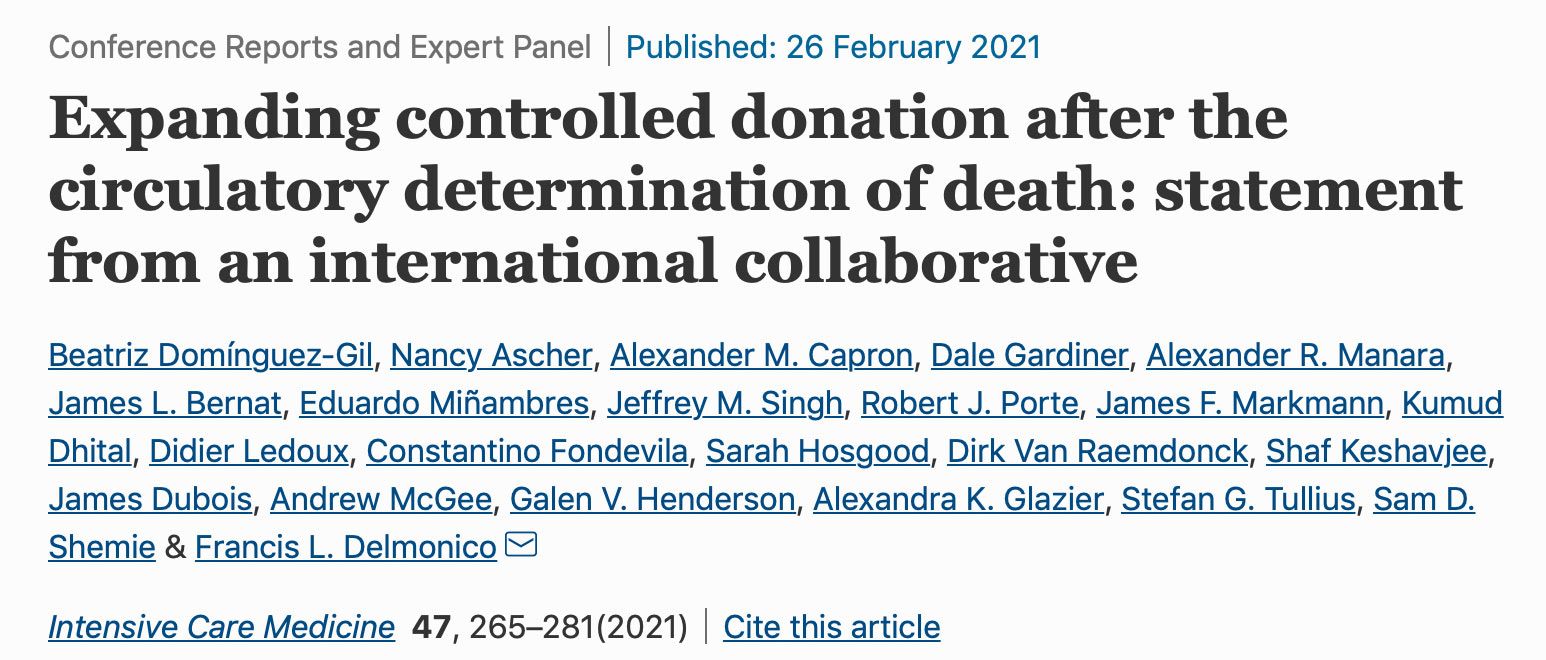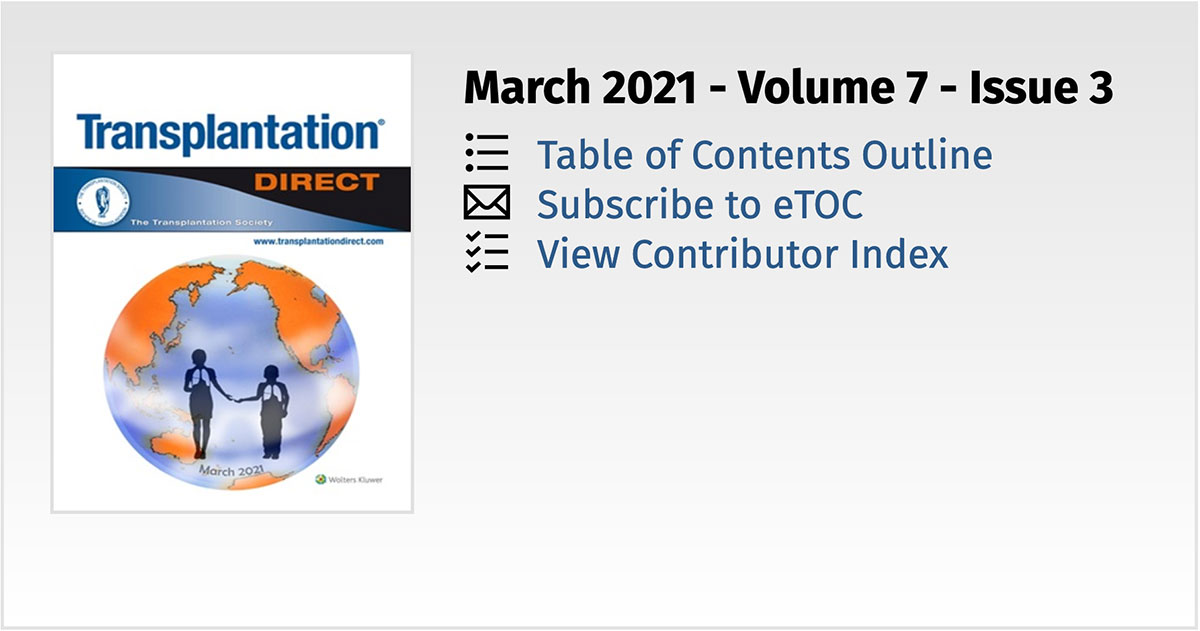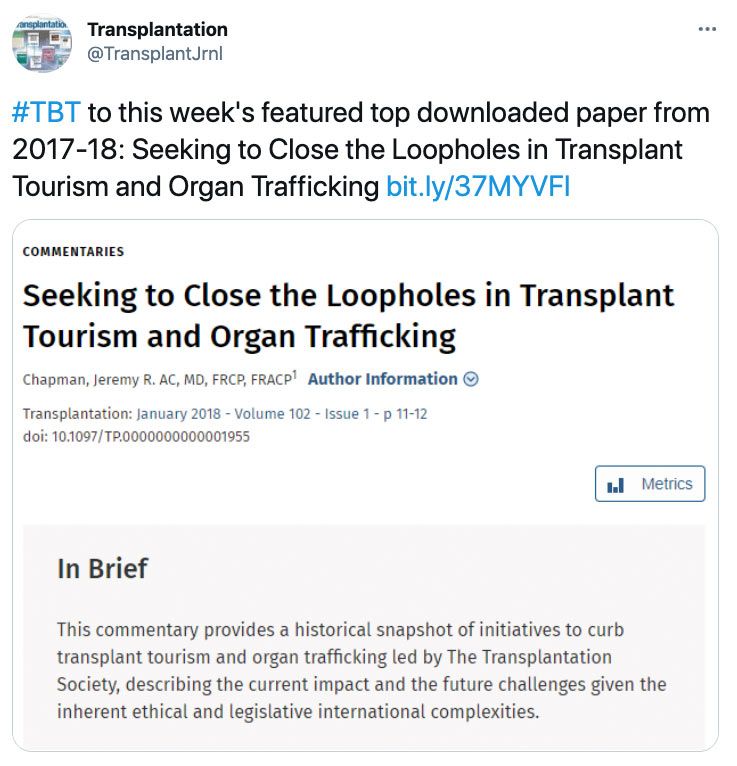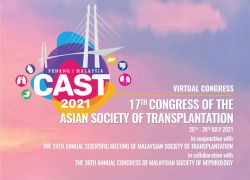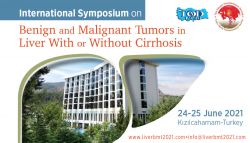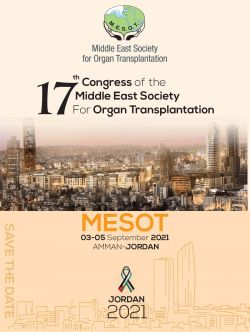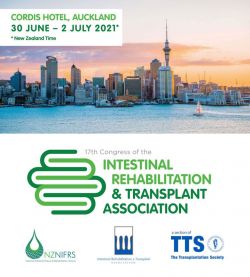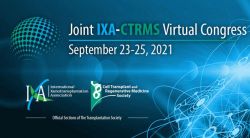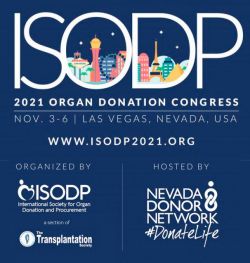
Highlighted Publications
Journal Updates
TSANZ 2021 - March 14-16, 2021 • VIRTUAL - Starts Next Week!
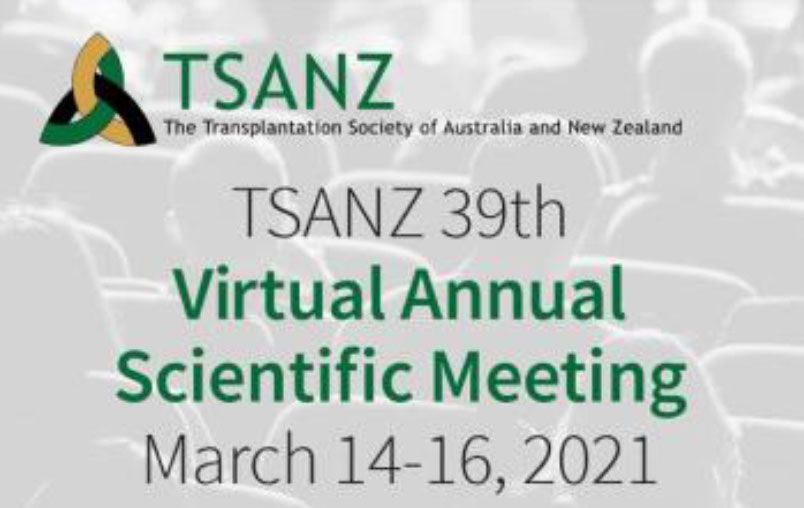
39th Annual Scientific Meeting (ASM) of the Transplantation Society of Australia and New Zealand (TSANZ)
Upcoming Webinars
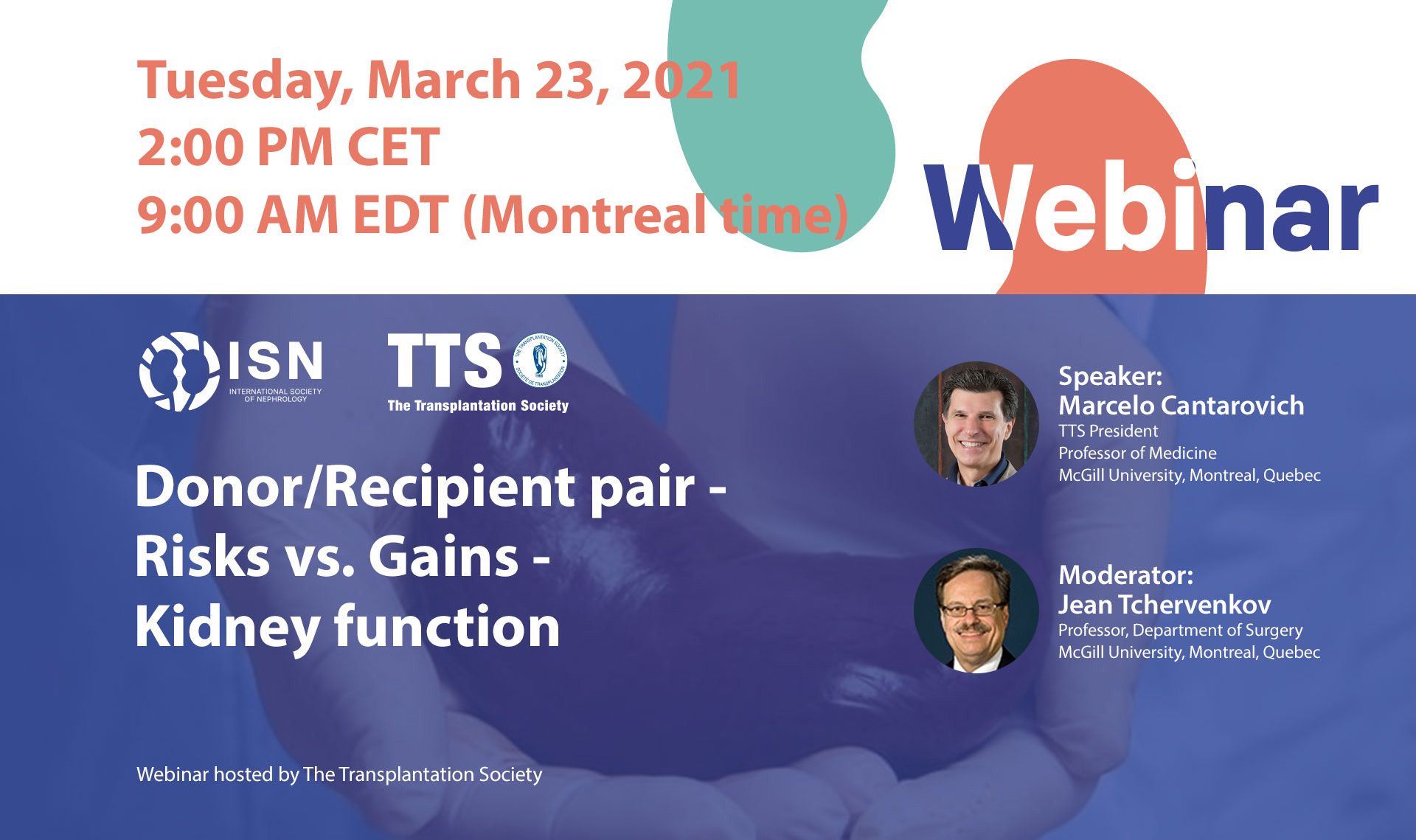
New Date!
ISN-TTS JOINT WEBINAR
Donor/Recipient Pair:
RISKS VS. GAINS - KIDNEY FUNCTION
Open to all healthcare professionals
Speaker: Marcelo Cantarovich, TTS President
Moderator: Jean Tchervenkov, Montreal, Canada
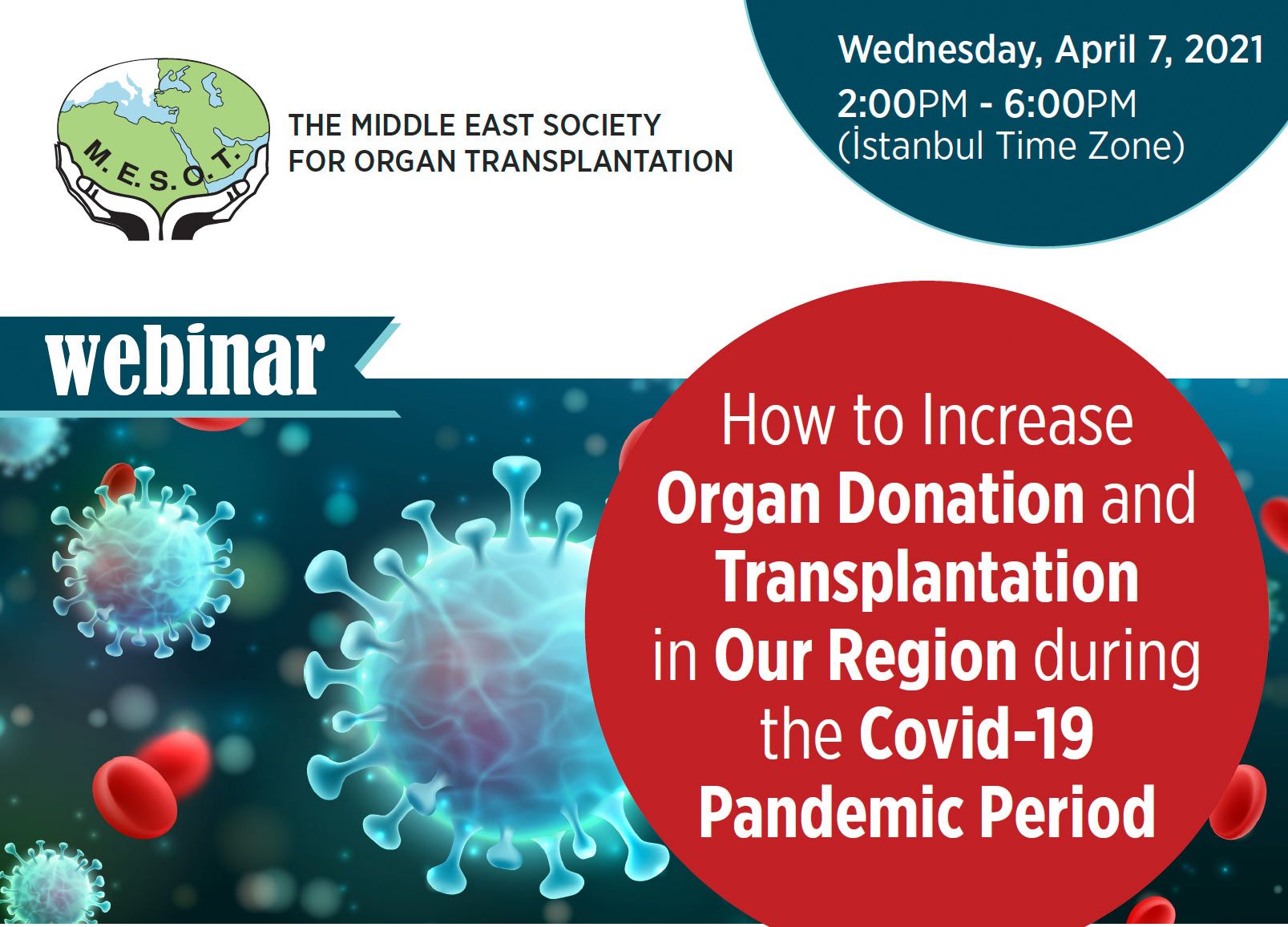
Free to attend
The Middle East Society For Organ Transplantation (MESOT) invites you to a new webinar on How to Increase Organ Donation and Transplantation in Our Region during the Covid-19 Pandemic Period.
With COVID-19 pandemic spreading across the globe since last year, it had the immediate effect of severely reducing living and deceased organ donation and transplantation activity worldwide.
LATEST VIDEO - March 1 COVID & Vaccines Webinar is now available!
Contact
Address
The Transplantation Society
International Headquarters
740 Notre-Dame Ouest
Suite 1245
Montréal, QC, H3C 3X6
Canada
Используйте Вавада казино для игры с бонусом — активируйте промокод и начните выигрывать уже сегодня!

